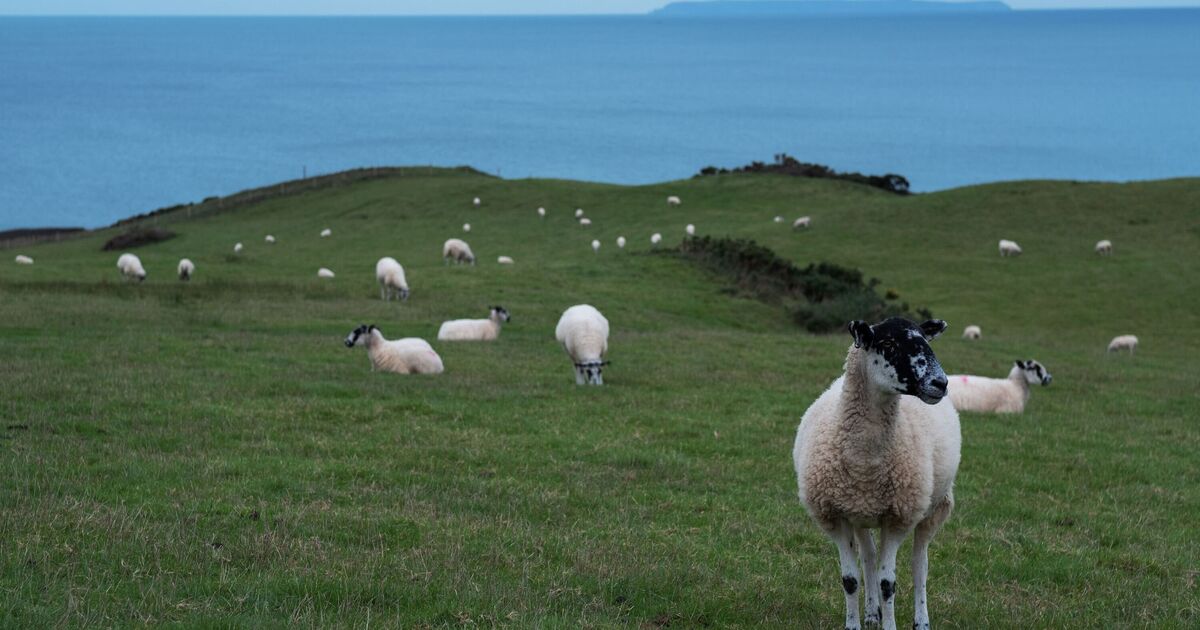One of Britain’s lesser-known islands, just 10 miles from Devon, has a dark and unknown history filled with links to piracy, the slave trade and civil war.
Lundy, a three-mile-long island in the Bristol Channel, today belongs to the National Trust and is home to around 28 residents.
It fell under the National Trust’s stewardship after millionaire Jack Hayward purchased it in 1969 before donating it to the charity.
But, ownership of the island has changed hands frequently over the centuries with evidence of settlers dating as far back as the Middle Stone Age.
Today, puffins outnumber Lundy’s human inhabitants at a rate of around 15-to-1 as its scarce population take up roles which include a warden, a ranger, an island manager, a farmer, bar and housekeeping staff, and volunteers.
A Dark Past
The unassuming crop of land has a troubled past and is one of the last British islands to be successfully invaded and captured by a foreign power.
In 1627, a group of barbary pirates hailing from modern-day Morocco, known as the Salé Rovers, ventured around Britain’s southern tip, discovering the island, and captured Lundy from its English settlers.
These pirates used the land as a headquarters as they plundered ships and conducted slave raids on the nearby coastal towns of Devon and Cornwall.
The Salé Rovers would kidnap mainlanders, using them either for ransom or as slave labour with the former hostages sent on an arduous journey to North Africa, where they’d be sold as slaves.
The group terrorised England’s coastline from Lundy for five years before King Charles I ordered the Royal Navy to patrol the channel and eventually retake the land.
Later, during the English Civil War, the island would become a Royalist stronghold and the side’s last territory to be held between the First and Second Civil Wars before surrendering in February 1647.
However, Lundy’s infamy preludes the 1600s, stretching back as far as the 1200s when, in 1235, William de Marisco was implicated in the murder of Henry Clement, a messenger of Henry III.
Three years later, an attempt was made to kill the king himself by a man who admitted to being an agent of the Marisco family.
De Marisco fled to the island where he lived as a makeshift king, assembling a stronghold in the area now known as Bulls’ Paradise which would later be used by Royalist followers during the aforementioned English Civil War.
Troops were dispatched to Lundy in 1242, scaling the island’s cliffs and successfully capturing William and 16 of his followers.
Henry III built a castle in the southeast point of the island around 1250, paid for by the sale of rabbits. This fortress would replace Marisco’s construction.
Today you can book day trips to the island and even stay overnight in one of the 23 different accommodations. Prices start at £168 for four nights for a little cottage or stay in the Lundy Vestry, which was built by the Reverend Hudson Heaven in 1896.
It will cost a little more than £300 for four nights in the St Helens church.
The Landmark Trust said: “Just off the coast of Devon, surrounded by the clear waters of the Atlantic, Lundy Island is a world apart.
“A haven for divers, climbers and birdwatchers, Lundy is an island of contrasts with spectacular coastal scenery and sheltered valleys, rich in wildflowers and wildlife.
“And at the end of the day, swap tales of your adventures in the friendly Marisco Tavern.”

